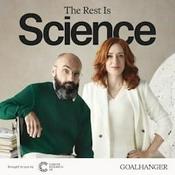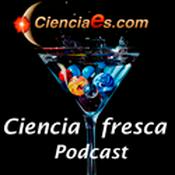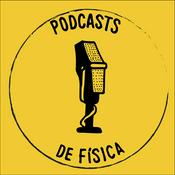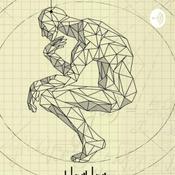160 episodios

[BONUS] The woman who mapped the Milky Way and a toxic evolutionary showdown: Tiny Show and Tell Us #38
31/12/2025 | 14 min
In this episode of Tiny Show and Tell Us, we kick things off with a quick shout-out to a listener who started flossing thanks to a previous episode. Then we dive into the hidden history of the women “computers” at Harvard Observatory, including Henrietta Leavitt, who laid the foundation for modern astronomy with her groundbreaking discoveries including calculating the size of the Milky Way. Then we discuss the co-evolutionary arms race between passion vines and Heliconius butterflies, which includes fake eggs, toxic fruit, and impaled caterpillars.We need your stories — they're what make these bonus episodes possible! Write in to [email protected] *or fill out this form* with your favorite science fact or science news story for a chance to be featured.A transcript and references for this episode can be found at acs.org/tinymatters.See Privacy Policy at https://art19.com/privacy and California Privacy Notice at https://art19.com/privacy#do-not-sell-my-info.

Sam’s brain-altering bacteria and Deboki’s polio vaccine fascination: EPISODE 100!
24/12/2025 | 51 min
In this milestone 100th episode of Tiny Matters we take you on a personal journey into what first inspired our passion for science. Sam shares the story of her childhood struggle with germophobia and the brain-altering bacteria that kicked it off, likely causing a condition called PANDAS: Pediatric Autoimmune Neuropsychiatric Disorders Associated with Streptococcal Infections. PANDAS may have led to her OCD, but it also fueled Sam’s fascination with the microscopic world, germ theory, and the ways infections can shape our brains. Then Deboki dives into her early fascination with vaccines, inspired by the interests of her scientist parents. She shares the history of the polio vaccine — a story of victory but also tragedy that led to significant progress, both in terms of science and safety.Send us your science facts, news, or other stories for a chance to be featured on an upcoming Tiny Show and Tell Us bonus episode. And, while you're at it, subscribe to our newsletter!All Tiny Matters transcripts and references are available here.See Privacy Policy at https://art19.com/privacy and California Privacy Notice at https://art19.com/privacy#do-not-sell-my-info.

[BONUS] Bunny pregnancy tests and a dead salmon MRI: Tiny Show and Tell Us #37
17/12/2025 | 22 min
In this episode of Tiny Show and Tell Us, we read an email from “baby sis” aka Binky aka Sam’s younger sister Caroline who writes in about an alarming pregnancy test that predates today’s at-home tests. Then we talk about a fascinating study that found a dead salmon showed brain activity in an MRI machine. Spoiler: It wasn’t actually alive, scientists just really needed to rethink MRI analysis. We need your stories — they're what make these bonus episodes possible! Write in to [email protected] *or fill out this form* with your favorite science fact or science news story for a chance to be featured.A transcript and references for this episode can be found at acs.org/tinymatters.See Privacy Policy at https://art19.com/privacy and California Privacy Notice at https://art19.com/privacy#do-not-sell-my-info.

Introducing Planet Visionaries
17/12/2025 | 1 min
Explore bold ideas and big solutions with Alex Honnold on Planet Visionaries, a podcast in partnership with the Rolex Perpetual Planet Initiative. I have become a regular listener this season and hope you enjoy it too!

Introducing Planet Visionaries
17/12/2025 | 1 min
Explore bold ideas and big solutions with Alex Honnold on Planet Visionaries, a podcast in partnership with the Rolex Perpetual Planet Initiative. I have become a regular listener this season and hope you enjoy it too!
Más podcasts de Ciencias
Podcasts a la moda de Ciencias
Acerca de Tiny Matters
Escucha Tiny Matters, The Rest Is Science y muchos más podcasts de todo el mundo con la aplicación de radio.es
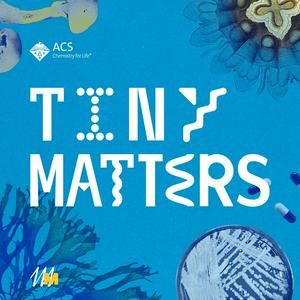
Descarga la app gratuita: radio.es
- Añadir radios y podcasts a favoritos
- Transmisión por Wi-Fi y Bluetooth
- Carplay & Android Auto compatible
- Muchas otras funciones de la app
Descarga la app gratuita: radio.es
- Añadir radios y podcasts a favoritos
- Transmisión por Wi-Fi y Bluetooth
- Carplay & Android Auto compatible
- Muchas otras funciones de la app


Tiny Matters
Descarga la app,
Escucha.
